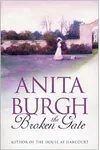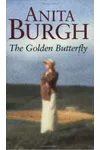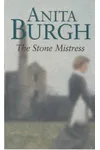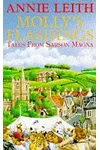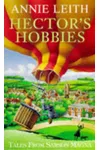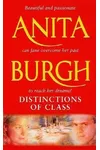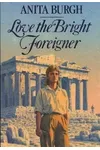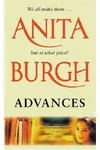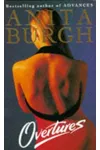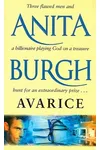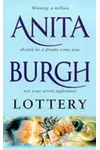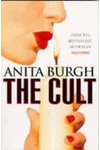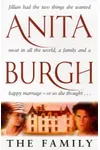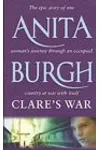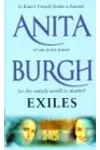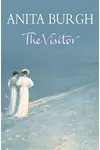Picture a British storyteller who turned financial woes into literary gold—meet Anita Burgh! This late-blooming novelist, who began writing at 46, crafted over twenty novels that weave tales of rejection, class, and wealth with a sharp, heartfelt pen. From modern dramas to Edwardian sagas, her stories captivate with their emotional depth and social insight, earning her a cherished spot in romantic fiction.
Born in Kent, Anita Burgh’s journey to authorship is as inspiring as her books. A former nurse and hotelier, she faced near bankruptcy in the 1980s, sparking an unlikely career shift. With no prior writing experience, she penned her first novel to save her Scottish B&B, proving that it’s never too late to chase a dream.
The Making of Anita Burgh
Anita Burgh, born June 9, 1937, in Gillingham, Kent, lived a life rich with material for her novels. Her childhood was marked by wartime evacuation to the grand Lanhydrock House in Cornwall, a setting that later inspired her historical tales. Despite struggling with undiagnosed dyslexia, she trained as a nurse and married Alex Leith, Lord Burgh, at 20. The marriage introduced her to the stark realities of Britain’s class system—her in-laws disapproved of her working-class roots, a theme that would echo in her work. After her divorce and a failed venture running a remote Scottish hotel, a stern bank letter prompted her to write. At 46, with sheer grit and naivety, she began her first novel, Distinctions of Class, which took four years and seven rewrites to publish.
Anita Burgh’s Unforgettable Stories
Anita Burgh’s novels blend romance, social commentary, and suspense, often drawing from her own experiences. Her debut, Distinctions of Class (1987), is a semi-autobiographical tale of a working-class nurse marrying into aristocracy, tackling class prejudice with raw honesty. It became a bestseller, launching her career. Love the Bright Foreigner (1988), set in Greece, is a pure romance between a widow and a mysterious stranger, showcasing her knack for heartfelt love stories. The Cresswell Inheritance trilogy (2000s) dives into Edwardian Devon, following a dysfunctional aristocratic family amid social change, blending historical richness with family drama. The Cult (1997) explores three women drawn into a sinister organization, mixing psychological intrigue with her signature themes of wealth and rejection.
Her writing style is accessible yet poignant, weaving humor, romance, and social critique. Burgh’s characters—often women navigating love, loss, or societal barriers—resonate with readers for their authenticity. Her ability to craft both contemporary and historical settings, from 1960s Britain to Victorian estates, showcases her versatility and deep understanding of human dynamics.
Why Anita Burgh Matters
Anita Burgh’s impact lies in her ability to turn personal struggles into universal stories. Her exploration of class, rejection, and the transformative power of wealth—or its absence—strikes a chord with readers of romantic and historical fiction. As a member of the Romantic Novelists’ Association (RNA), she was shortlisted for the RNA Romantic Novel of the Year Award, cementing her critical acclaim. Beyond her novels, Burgh’s late start inspires aspiring writers, proving talent can bloom at any age. Her mentorship of unpublished authors in her 70s further underscores her generosity and passion for storytelling.
- Born: June 9, 1937, Gillingham, Kent
- Key Works: Distinctions of Class, Love the Bright Foreigner, The Cresswell Inheritance trilogy, The Cult
- Awards: Shortlisted for RNA Romantic Novel of the Year
- Notable: Began writing at 46, published 23 novels
Ready to dive into Anita Burgh’s world of romance and resilience? Grab Distinctions of Class and discover why this late-blooming author’s stories still shine!
